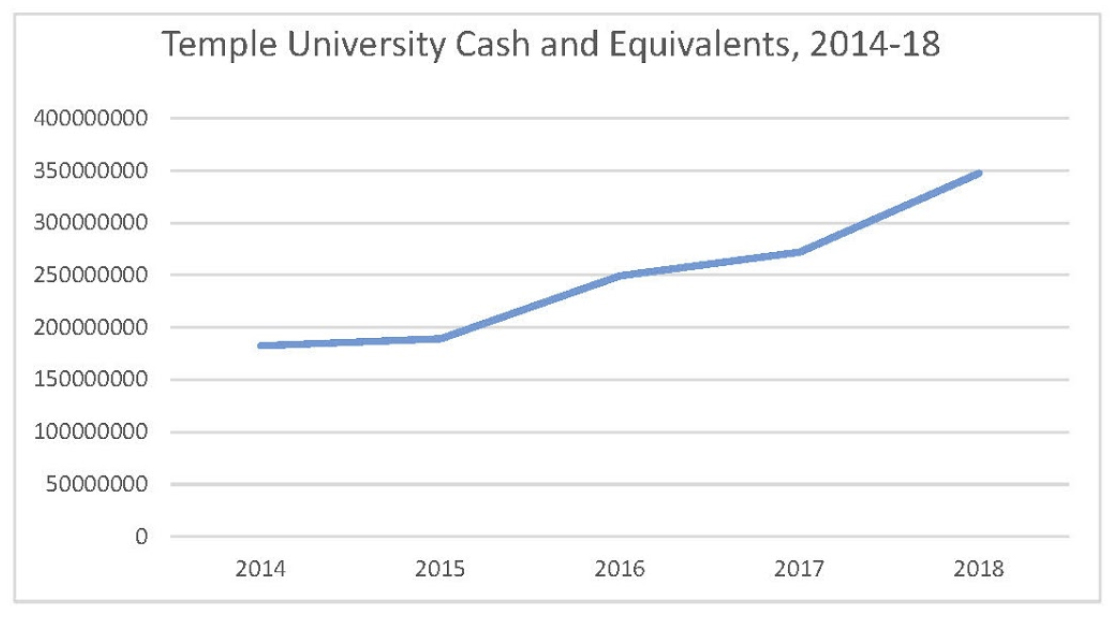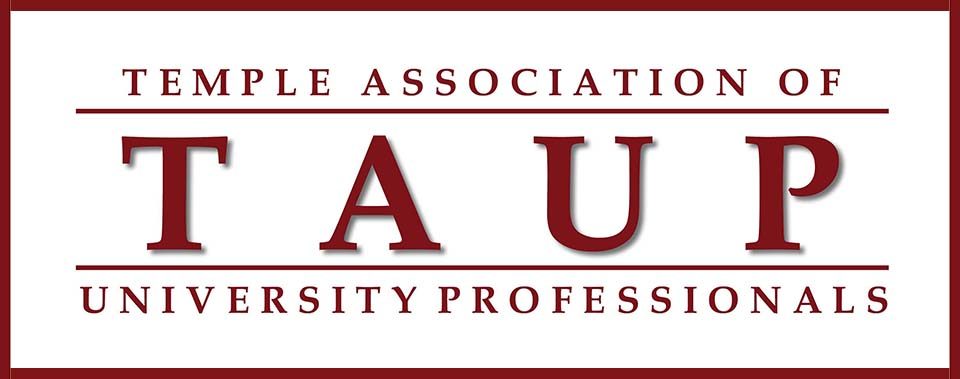As we have shown, Temple is last among public Research 1 universities in the cents on every dollar of tuition and fees it spends on instruction. To fund all of our proposals for wages and benefits, all Temple needs to do is add to the instructional budget less than 2¢on every dollar it collects from tuition and fees.
That is a very reasonable demand when the Board still seems ready to spend millions each year to service the debt it would take on in the funding of a football stadium. There are no guarantees that this would be matched by the savings coming from no longer having to pay the Eagles.
It is a very reasonable demand when we see that the salary pool for the administrators in our bargaining unit identified as “executive/administrative and managerial” has increased by 32% from 2013-2018*. (The number of administrators in this highest category alone has increased nearly 26% during that same period.) This more than doubles the percentage increase in the TAUP full-time salary pool and more than quadruples the percentage increase in full-time hires.
Among the many signs of financial health, Temple’s own audited financials reveal that it has amassed $350 million in cash and cash equivalents, an increase of $150 million since 2014:
 It is unclear to what degree this money was amassed from one-time or recurrent expenses, and we believe the administration should offer an explanation for the source of these funds. However, since 63% of Temple’s revenue aside from patient care comes from tuition and fees (and patient care in FY 2018 cost slightly over $100 million than it brought in), we would not be surprised if much of it came from this recurrent source.
It is unclear to what degree this money was amassed from one-time or recurrent expenses, and we believe the administration should offer an explanation for the source of these funds. However, since 63% of Temple’s revenue aside from patient care comes from tuition and fees (and patient care in FY 2018 cost slightly over $100 million than it brought in), we would not be surprised if much of it came from this recurrent source.
It would take a very small redirection of funds to properly compensate the people who teach the courses, direct the dissertations, do the research, guide the students in the library, and advise them. We do not believe that there would be a need to raise tuition or cut other sectors of the university, as the administration alleges. It would require a long-overdue shift in priorities.
*This data is drawn from the Stairs Report / Commonwealth Reporting Requirements. The numbers above narrow the data to the colleges and schools represented by TAUP, including the Library, and other core academic offices: Temple University Press, and the Offices of the Provost, the Vice Provost for Faculty Affairs, and the Vice Provost for Undergraduate Studies.
